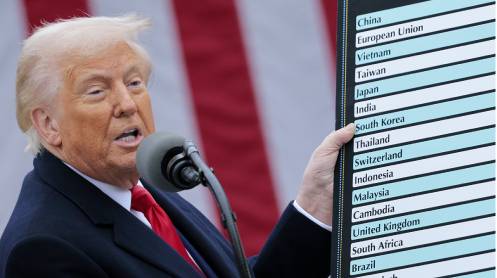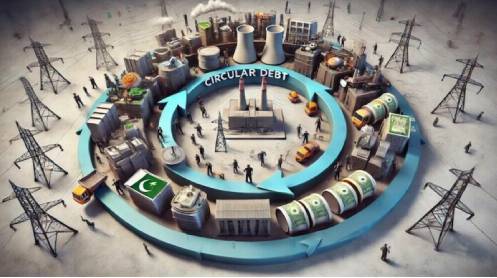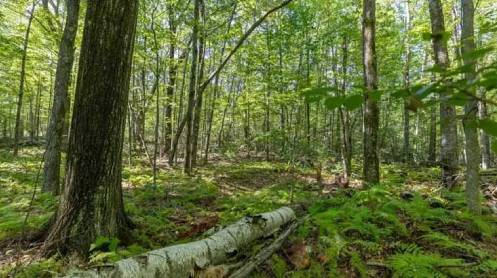New finds, rise in available reserves boost lifespan of hydrocarbon deposits.
KARACHI: In a surprising turnaround, Pakistan has reversed the historical trend of depleting oil and gas reserves as it reported a 26% boost in crude oil deposits and a 2% increase in gas reserves in the six-month period ended June 30, 2024.
New discoveries and an upward revision in recoverable reserves have bolstered by one year the lifespan of oil and gas deposits to 10 years and 17 years, respectively.
Citing data compiled by the Pakistan Petroleum Information Service (PPIS), Optimus Capital Management reported that the available oil deposits spiked to 243 million barrels by June 30, 2024 compared to 193 million barrels on December 31, 2023.
Similarly, the recoverable gas reserves rose to 18.47 trillion cubic feet (tcf) by the end of June 2024 compared to 18.10 tcf in December 2023.
Optimus Capital energy sector analyst Hamdan Ahmed noted that crude oil production surged a net 50 million barrels due to the addition of new discoveries and revision in available deposits to higher levels.
Giving data breakdown, the analyst said in a commentary that oil deposits surged by a gross 62 million barrels owing to the addition of new fields and a positive revision in the existing ones. However, oil production dropped 12 million barrels from old fields, consequently, the reserves got a net boost of 50 million barrels in six months.
Gas reserves rose by a gross 915 billion cubic feet (bcf) through the addition of new fields and an upward revision in the available reserves while its production dropped 551 bcf. Accordingly, the gas reserves soared by a net 364 bcf in the six months under review.
Ahmed revealed that the increase in hydrocarbon deposits was estimated at fields run by Oil and Gas Development Company (OGDC) and Mari Petroleum.
“These positive developments, along with gas sector reforms and improved new block auctions, are expected to make exploration and production sector attractive (at the Pakistan Stock Exchange),” the analyst commented.
He said substantial reserves of 62 million barrels of oil and 915 bcf of gas had been added. The increase in gas reserves came primarily on the back of Mari’s Ghazij discovery (up 758 bcf) and Shewa fields (up 351 bcf).
Similarly, the rise in oil reserves was attributed to OGDC’s enhancement efforts in Pasakhi, Kunnar, Rajian and Sono fields, which brought a cumulative increase of 50 million barrels, further improving the company’s reserves life from seven to 11 years.
MOL’s Tal block had remaining reserves of 16.7 million barrels of oil and 470.9 bcf of gas as of June 2024. Although fields are following a downward trend, “we expect an increase in recoverable reserves from future anticipated discoveries in Razgir,” Ahmed said.
OGDC, Pakistan Petroleum Limited, Mari, Pakistan Oilfields Limited have oil reserves life of 11 years, five years, 16 years and six years, respectively. They have gas reserves for 18 years, 10 years, 17 years and seven years, respectively, he said.
Energy experts estimate that crude oil from local fields helps refineries meet 70% of demand for diesel and 30% for petrol. Oil marketing companies fulfill rest of the fuel needs through imports.
Though exploration companies have found significant new deposits, mainly of oil, in six months, they continued to complain about lower production compared to consumer demand. They have made no big discoveries in the past two decades.
Exploration firms usually attribute the poor law and order situation as a factor behind sluggish production at some of the projected fertile fields. They also cite low price offers for their output as another key reason for the slowdown in production.
The government has recently approved a tight gas policy, offering a higher price for new and deep-rooted discoveries.
Experts project the new policy and the auction of more fields will accelerate hydrocarbon exploration but at the same time the government will have to provide security to the staff of exploration companies.
Imports of oil and gas prove expensive. The share of energy, including liquefied natural gas (LNG), stood at around one-fifth of the total import bill in July. Sometimes, it spikes to one-fourth.
On the other hand, the demand for furnace oil is significantly less than its current production because of the closure and reduced reliance on furnace oil-based power plants.
The thin consumption has prompted the outdated refineries to export furnace oil at negative margins and run their plants at low capacity. It is difficult for some of them to completely shut their plants as they churn out premium products like petrol and diesel along with furnace oil.
Consumer demand for gas is projected at 6.5 bcf per day compared to local production of around 3.3 bcf per day. The deficit is partly met through imports of expensive LNG and stopping supplies for temporary periods.
Story by Salman Siddiqui





